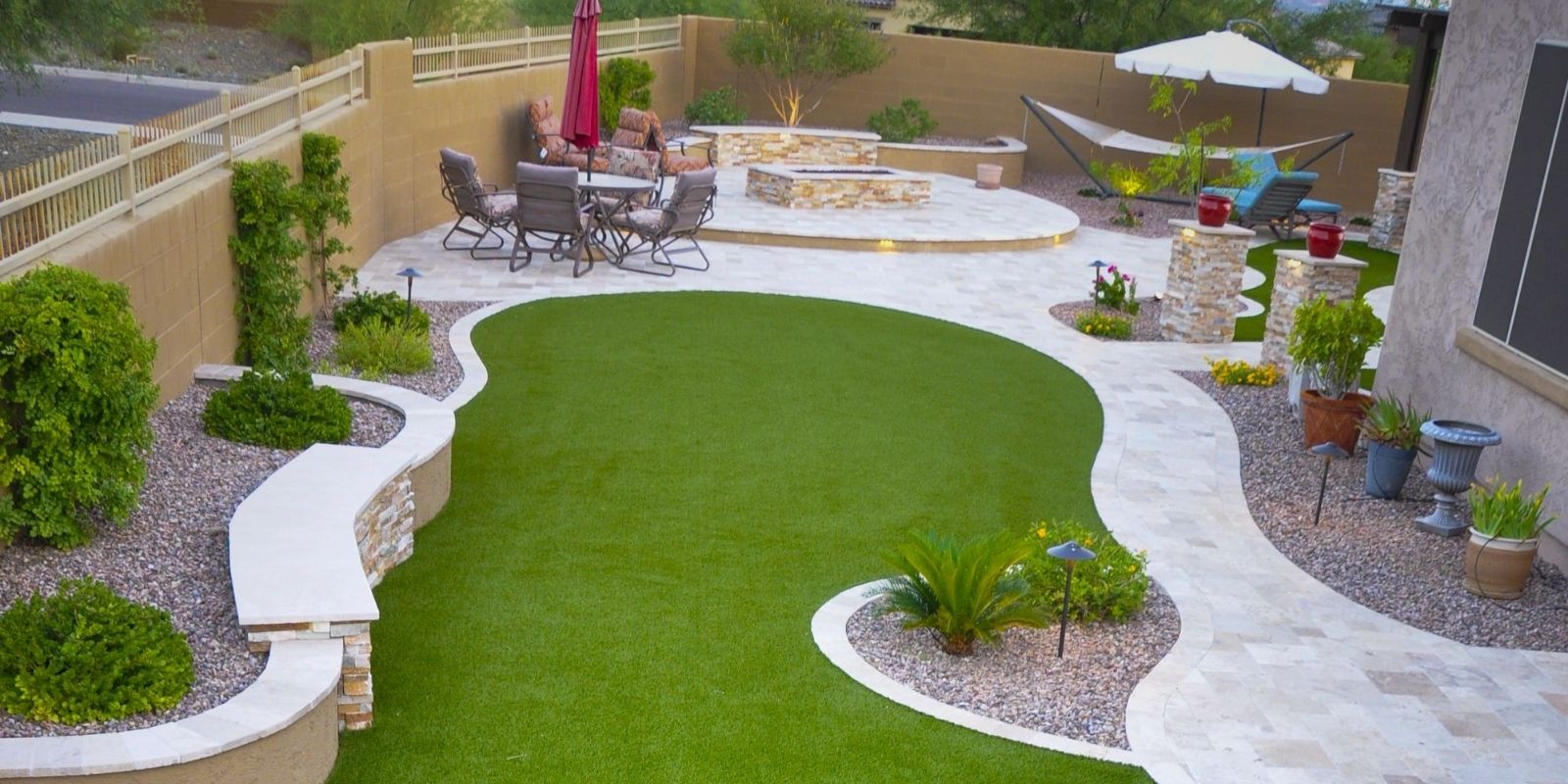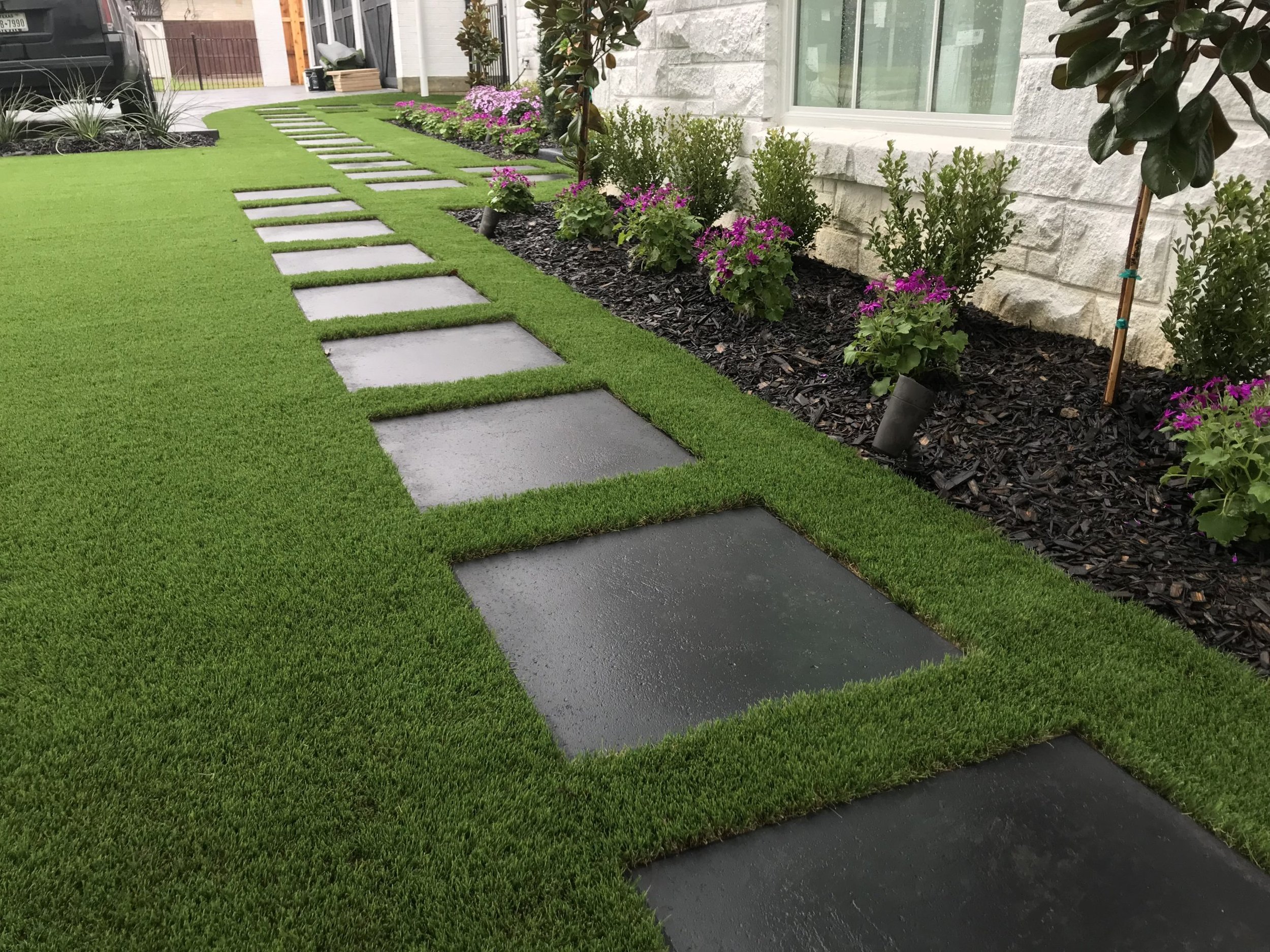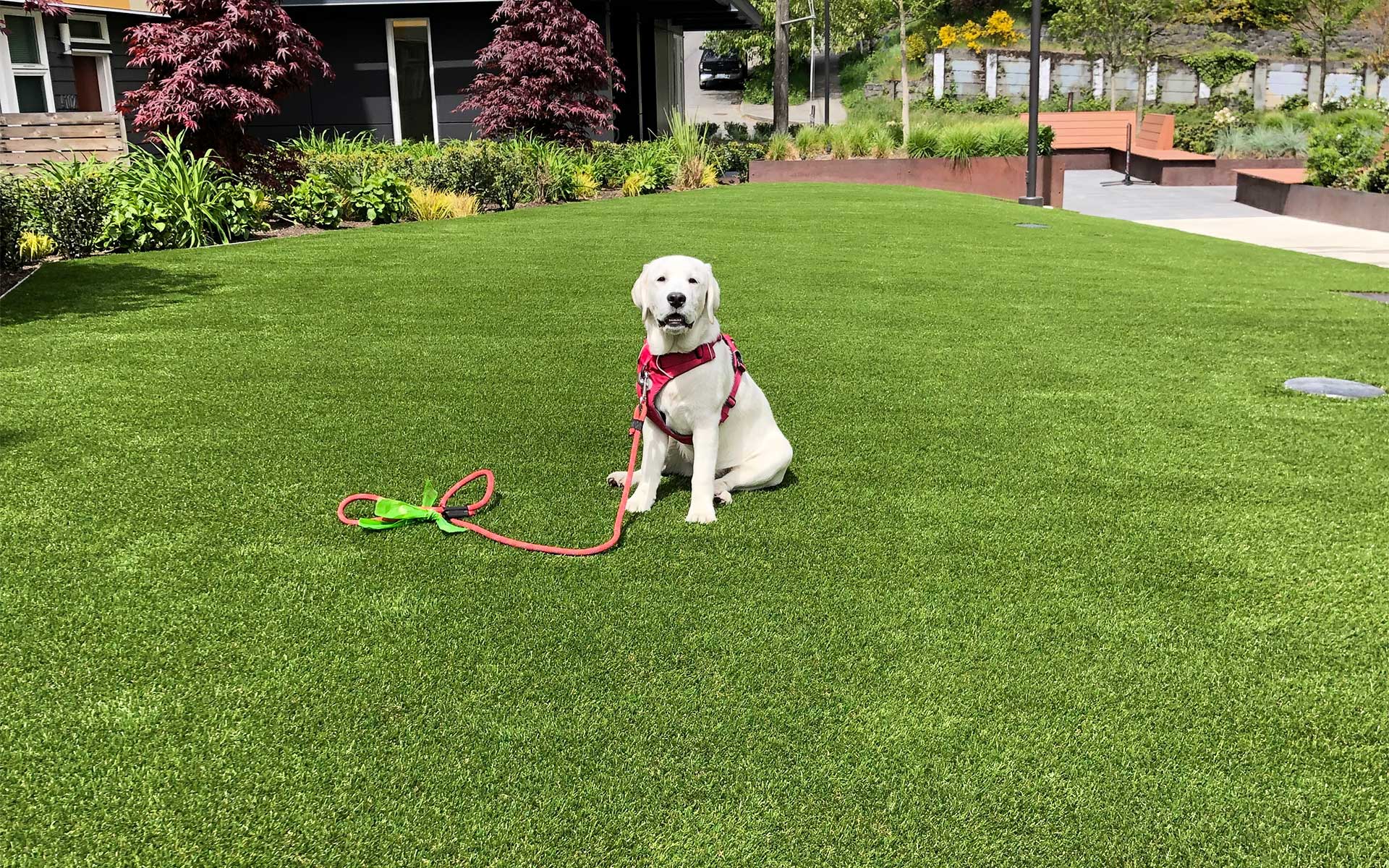Premium Arizona Turf Solutions for a Beautiful and Green Landscape
Premium Arizona Turf Solutions for a Beautiful and Green Landscape
Blog Article
Delve Into the Environmental Benefits of Opting for Synthetic Grass Solutions
The fostering of man-made turf services provides an engaging possibility to resolve pressing environmental challenges. By substantially lowering water use and minimizing the application of damaging chemicals, these choices not just advertise lasting landscape design yet also protect local environments.
Water Preservation Conveniences
Among one of the most substantial benefits of synthetic grass is its capacity to save water. Standard lawn yards need considerable irrigation, especially in locations vulnerable to dry spell or water limitations. In comparison, synthetic grass does not need watering, significantly decreasing the overall demand for water sources. This attribute is especially valuable in deserts where water scarcity is a pressing problem.
By getting rid of the need for normal watering, synthetic lawn contributes to lasting landscape practices and assists mitigate the ecological influence of extreme water intake. The preservation of water prolongs to the decrease of drainage, which can lead to soil disintegration and river pollution.
Furthermore, the setup of artificial turf permits towns and home owners to allot water resources a lot more efficiently, concentrating on crucial uses such as drinking water and farming. The shift towards man-made lawn not only promotes responsible water use but additionally aligns with wider ecological goals targeted at protecting natural resources.
As neighborhoods significantly focus on sustainability, the water preservation advantages of synthetic grass offer an engaging instance for its fostering in business and household landscape design tasks.
Reduced Chemical Usage
The transition to artificial turf considerably decreases the reliance on chemical therapies generally made use of in all-natural turf maintenance. Conventional turf monitoring typically involves the application of pesticides, herbicides, and fertilizers to advertise development and control insects. These chemicals can position risks to human wellness, neighborhood wildlife, and the environment, adding to soil and water contamination.
On the other hand, fabricated grass gets rid of the need for these unsafe compounds. Once mounted, it needs minimal maintenance, mostly containing normal cleaning and seldom infill replenishment. This decrease in chemical use not only profits the immediate setting however also adds to broader eco-friendly stability. By minimizing the launch of artificial compounds right into the environment, artificial grass promotes healthier dirt and water systems.
Additionally, the lack of chemical runoff connected with artificial grass installments helps secure neighborhood waterways from contamination, sustaining marine life and maintaining biodiversity. Phoenix turf companies. As areas increasingly prioritize lasting techniques, going with synthetic grass offers a viable service that lines up with ecological preservation objectives. Through this shift, property owners can delight in rich environment-friendly rooms without compromising ecological health and wellness, leading the way for an extra lasting future
Reduced Carbon Impact

Additionally, the setup of synthetic grass can result in substantial water conservation. Natural yards call for substantial amounts of water for irrigation, which not just includes in the carbon impact related to water removal and therapy yet additionally pressures local water resources. On the other hand, synthetic grass needs minimal maintenance, requiring no watering, thereby substantially minimizing water use and its connected power expenses.
Furthermore, the longevity of synthetic grass contributes to its decreased carbon influence. With a life-span of approximately 15 years or even more, the requirement for frequent replacements is diminished, resulting in much less waste and reduced energy consumption in manufacturing and getting rid of conventional turf alternatives. Overall, fabricated lawn provides a sustainable option for eco mindful landscaping.
Habitat Conservation
Habitat preservation is a critical factor look what i found to consider in the dispute over landscaping selections, especially when comparing fabricated grass to natural yard. All-natural grass yards typically require extensive upkeep, including the usage of herbicides, plant foods, and pesticides, which can adversely affect local ecosystems. These chemicals can leach right into the soil and rivers, harming indigenous flora and fauna and interfering with regional environments.
On the other hand, man-made turf provides a resource possibility to decrease the eco-friendly footprint of landscape design. By opting for artificial turf, property owners can decrease the disruption of natural environments connected with typical yard treatment techniques. Synthetic grass removes the need for unsafe chemicals, thereby securing neighboring wild animals and maintaining the stability of bordering ecological communities. Furthermore, the setup of man-made lawn can lead to the conversion of former turf areas right into even more biodiverse landscapes, such as pollinator yards or indigenous plant locations, which can sustain neighborhood wild animals.
Ultimately, the transition to synthetic grass not just saves water and decreases maintenance efforts yet likewise promotes a more harmonious partnership in between human activities and the native environment, advertising habitat conservation at the same time.
Long-Term Sustainability
Long-lasting sustainability is an essential element in assessing the advantages of synthetic grass over typical turf yards. One of one of the most considerable advantages of man-made turf is its resilience; it can last up to 15-20 years with very little maintenance, whereas all-natural turf requires regular reseeding and replacement. This long life decreases the demand for continuous resources, such as water, plant foods, and pesticides, which are necessary for preserving a healthy and balanced turf lawn.
Furthermore, synthetic grass contributes to a decrease in carbon emissions connected with lawn treatment tools. Conventional grass typically require gas-powered mowers, leaners, and blowers, all of which add to air contamination. Artificial turf companies phoenix. In comparison, synthetic grass eliminates the need for such devices, advertising a cleaner atmosphere
Additionally, the production of synthetic lawn progressively uses recycled products, enhancing its sustainability profile. As suppliers adopt eco-friendly practices, the ecological impact of synthetic grass continues to reduce.

Final Thought
The fostering of synthetic grass solutions provides significant ecological advantages, consisting of substantial water preservation, decreased dependence on damaging chemicals, and a lower carbon impact. Synthetic lawn aids in protecting all-natural habitats by lessening land disturbance and promoting lasting sustainability via the usage of durable materials. Collectively, these variables underscore the capacity of synthetic grass to contribute favorably to ecological health and use a sensible alternative to standard landscape design techniques in an increasingly resource-conscious world.
In comparison, fabricated turf does not need watering, substantially lowering the overall demand for water resources. By lessening the launch of artificial substances right into the environment, synthetic grass promotes healthier soil and water systems.
Additionally, the setup of fabricated turf can result in considerable water preservation. In comparison, man-made lawn requires marginal upkeep, calling for no watering, therefore dramatically reducing water use and its linked power prices.

Report this page